Laparoscopic approach to intrapelvic nerve entrapments
- PMID: 27011825
- PMCID: PMC4718483
- DOI: 10.1093/jhps/hnv030
Laparoscopic approach to intrapelvic nerve entrapments
Abstract
It is long known that a large portion of the lumbosacral plexus is located intra-abdominally, in the retroperitoneal space. However, most of literature descriptions of lesions on this plexus refer to its extra-abdominal parts whereas its intra-abdominal portions are often neglected. The objective of this review article is to describe the laparoscopic anatomy of intrapelvic nerve bundles, as well as the findings and advances already achieved by Neuropelveology practitioners.
Figures
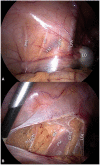

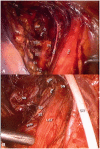


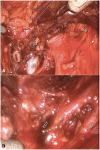
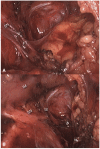
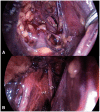
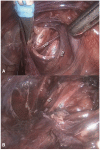

References
-
- Gray H. Anatomy of the Human Body. IX. Neurology. 6d. The Lumbosacral Plexus. Philadelphia: Lea & Febiger, 1918.
-
- Possover M, Schneider T, Henle KP. Laparoscopic therapy for endometriosis and vascular entrapment of sacral plexus. Fertil Steril 2011; 95: 756–8. - PubMed
-
- Possover M, Chiantera V, Baekelandt J. Anatomy of the sacral roots and the pelvic splanchnic nerves in women using the LANN technique. Surg Laparosc Endosc Percutan Tech 2007; 17: 508–10. - PubMed
-
- Possover M. Use of the LION procedure on the sensitive branches of the lumbar plexus for the treatment of intractable postherniorrhaphy neuropathic inguinodynia. Hernia 2013; 17: 333–7. - PubMed
-
- Bouche P. Compression and entrapment neuropathies. Handb Clin Neurol 2013; 115: 311–66. - PubMed
Publication types
LinkOut - more resources
Full Text Sources
Other Literature Sources

